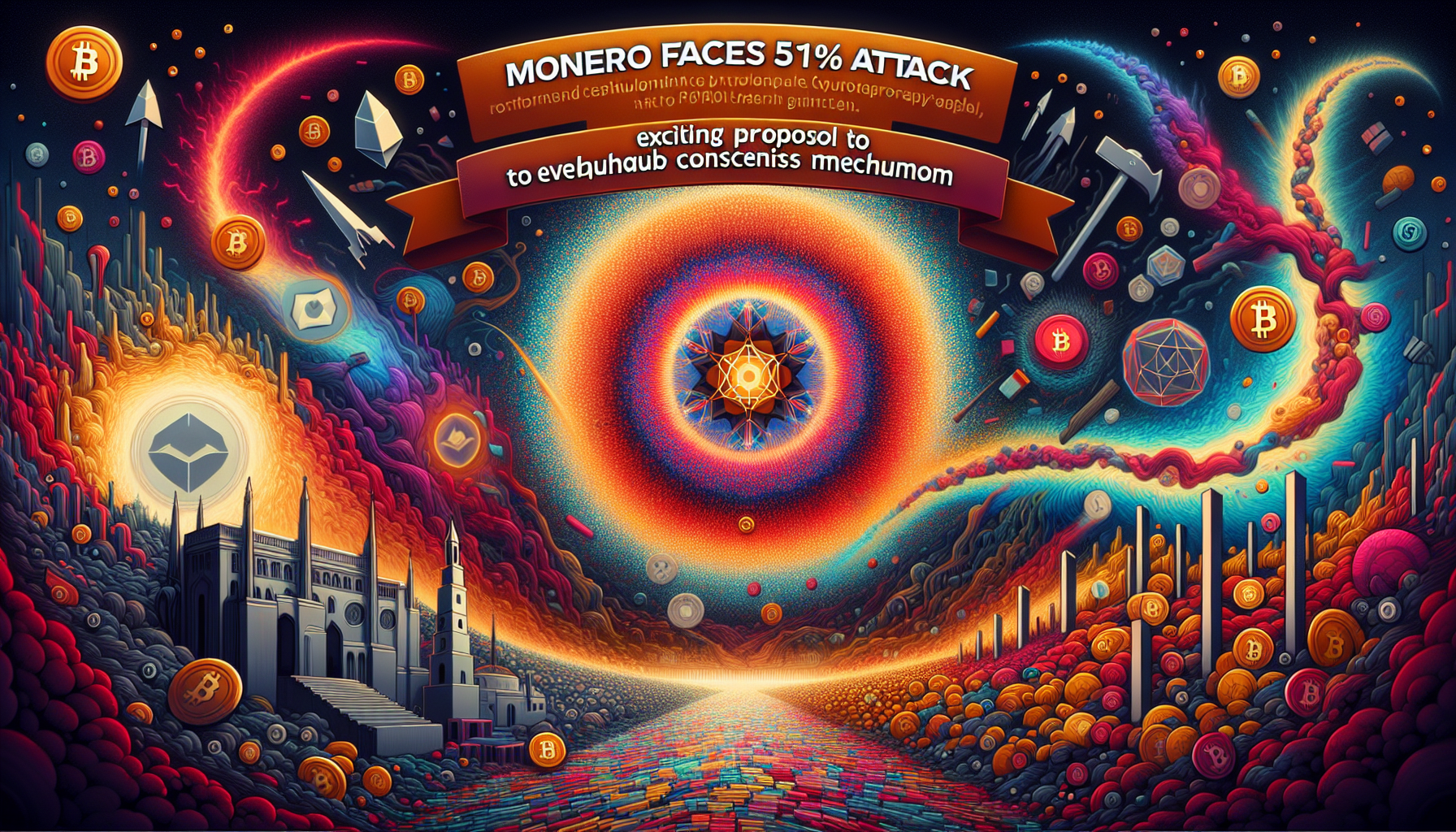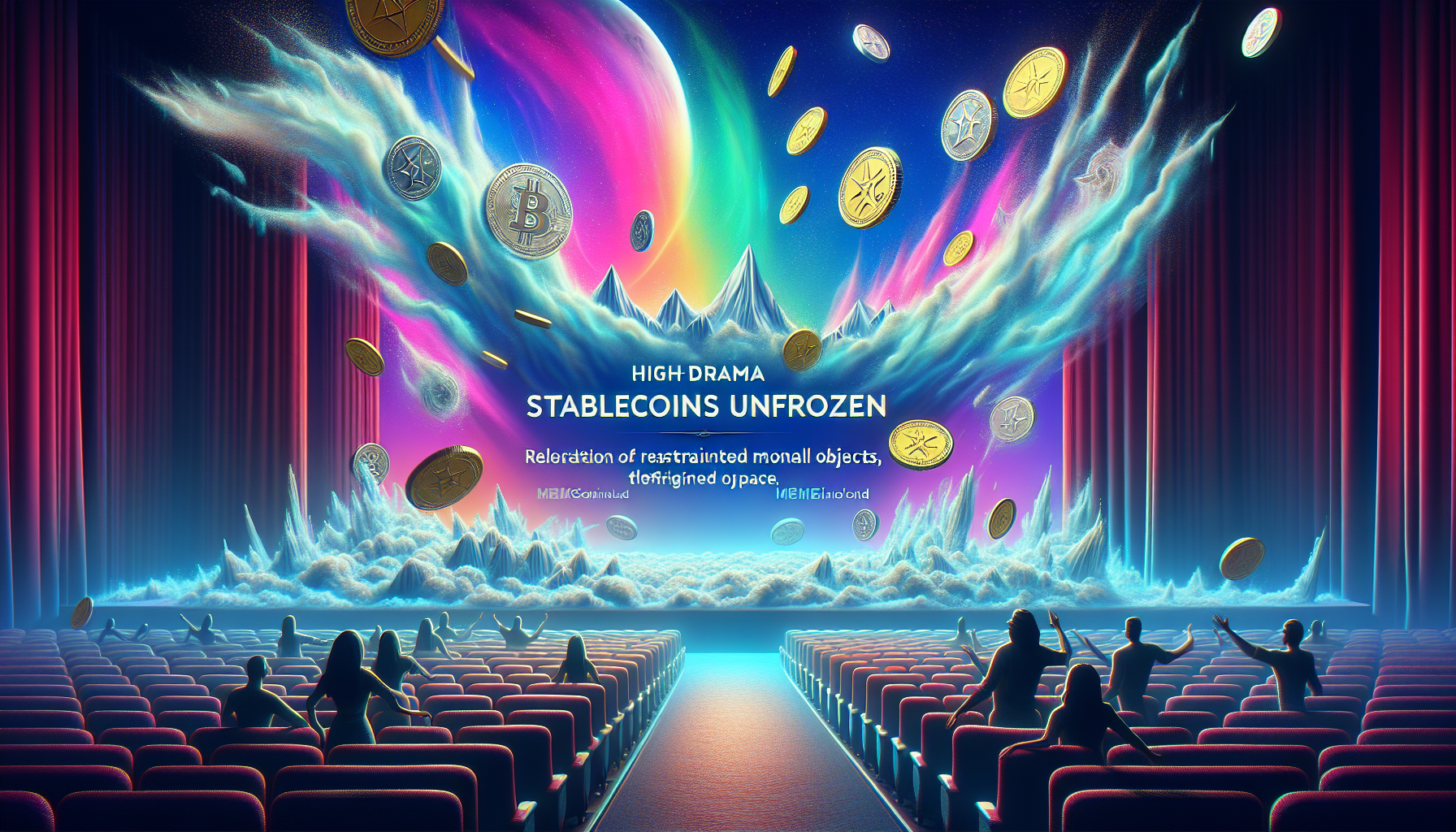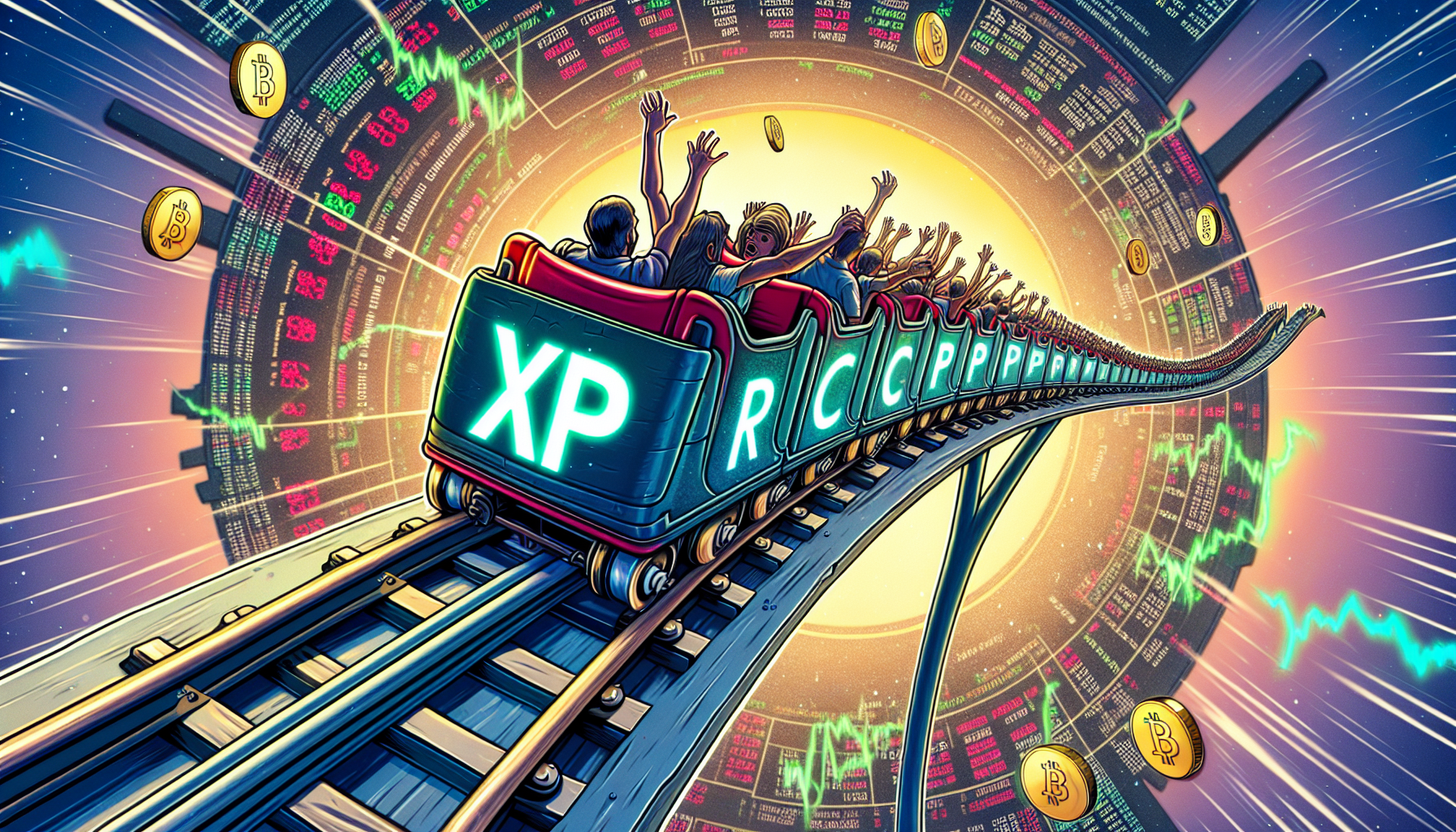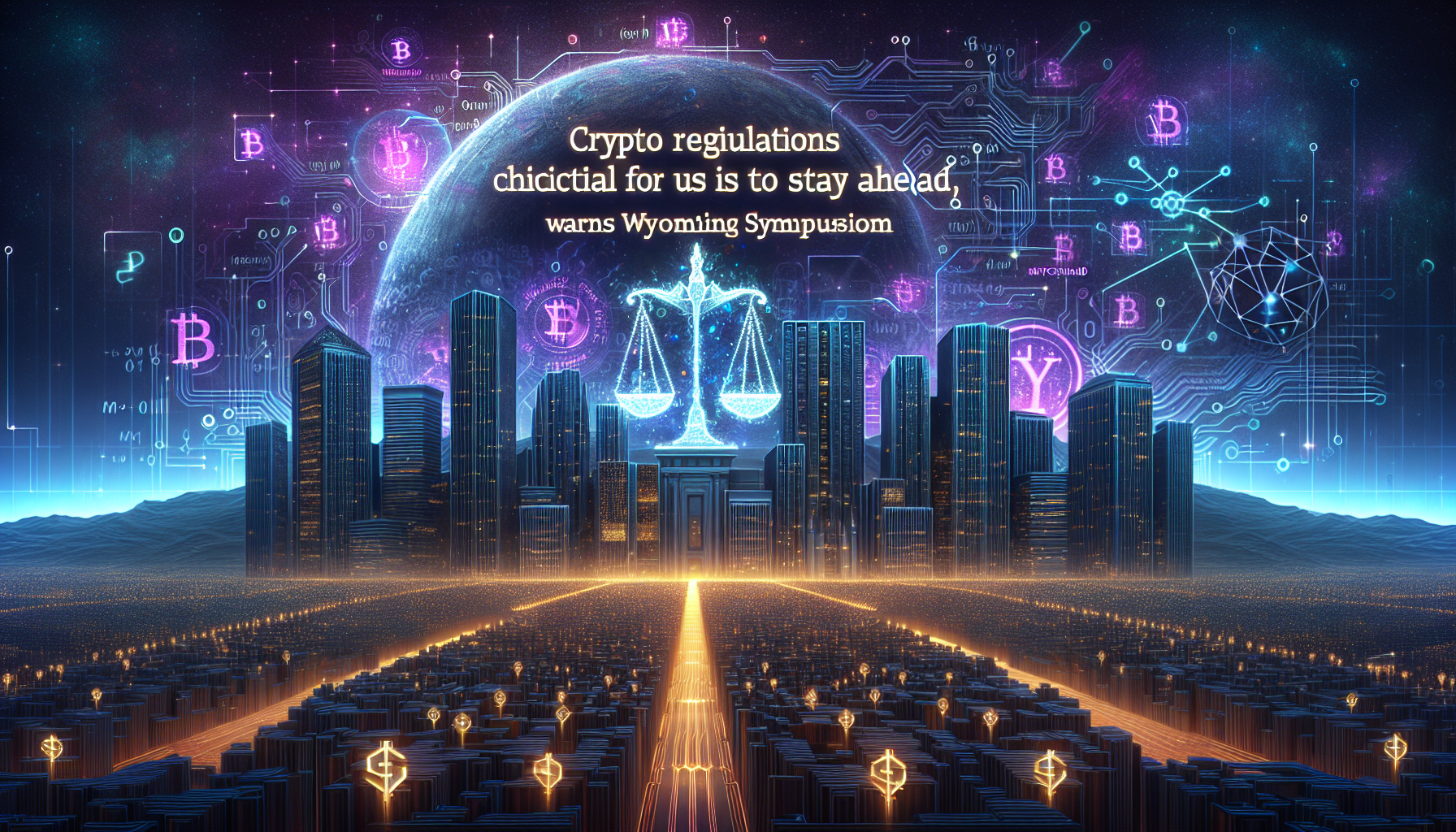 Volatility Shares is shaking up the crypto world with the launch of two groundbreaking Solana futures ETFs. Mark your calendars for March 20, when the Volatility Shares Solana ETF (SOLZ) and the Volatility Shares 2X Solana ETF (SOLT) make their grand debut. This move is set to send ripples through the market, putting Solana (SOL) firmly in the spotlight.
Volatility Shares is shaking up the crypto world with the launch of two groundbreaking Solana futures ETFs. Mark your calendars for March 20, when the Volatility Shares Solana ETF (SOLZ) and the Volatility Shares 2X Solana ETF (SOLT) make their grand debut. This move is set to send ripples through the market, putting Solana (SOL) firmly in the spotlight.
According to a recent filing with the Securities and Exchange Commission (SEC), SOLZ will kick off with a management fee of 0.95% until June 30, 2026. After that, the fee will rise to 1.15%. Meanwhile, the 2X Solana ETF offers investors double the leverage, with a management fee of 1.85%. These ETFs are not just another addition to the market; they represent the first Solana-based ETFs in the United States, following the Chicago Mercantile Exchange (CME) Group’s introduction of SOL futures contracts.
The timing couldn’t be more perfect. A leadership shake-up at the SEC and Donald Trump’s reelection as U.S. president have triggered a wave of ETF applications from asset managers and firms eager to get in on the action. The crypto community is buzzing with anticipation.
On March 17, SOL futures went live, racking up a trading volume of approximately $12.1 million on their first day. While this might seem modest compared to Bitcoin’s $102 million and Ether’s $30 million debuts, it’s a significant step for Solana. These futures contracts could pave the way for increased demand from institutional investors and fuel price discovery.
The launch of SOL futures signals a shift in financial regulators’ stance towards digital assets, hinting at potential approval for SOL ETFs in the U.S. Chris Chung, founder of Titan, a Solana-based swap platform, sees this as a sign that SOL has matured into an asset capable of attracting serious institutional interest.
Chung believes that SOL futures and ETFs position Solana as more than just a playground for memecoins. With real-world use cases like payments on the horizon, Solana is poised for growth. ETFs could channel investor capital into SOL, potentially sparking a sustained rally that competitors without an ETF might miss out on.
The introduction of Bitcoin ETFs in 2024 is thought to have diverted institutional capital away from altcoins, disrupting the much-anticipated altseason. But with Solana’s new ETFs, we could see a shift in this dynamic, opening up fresh opportunities for investors.
In a world where memecoins are fading, Solana stands out as a blockchain network with immense potential. As we await March 20, all eyes are on Solana and its promising future in the crypto landscape.




